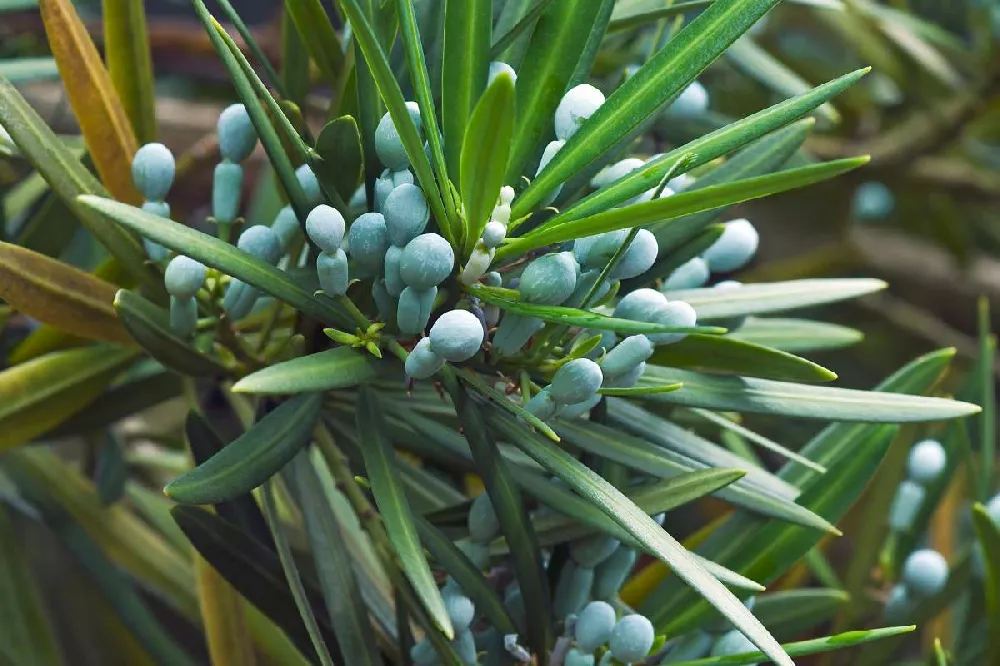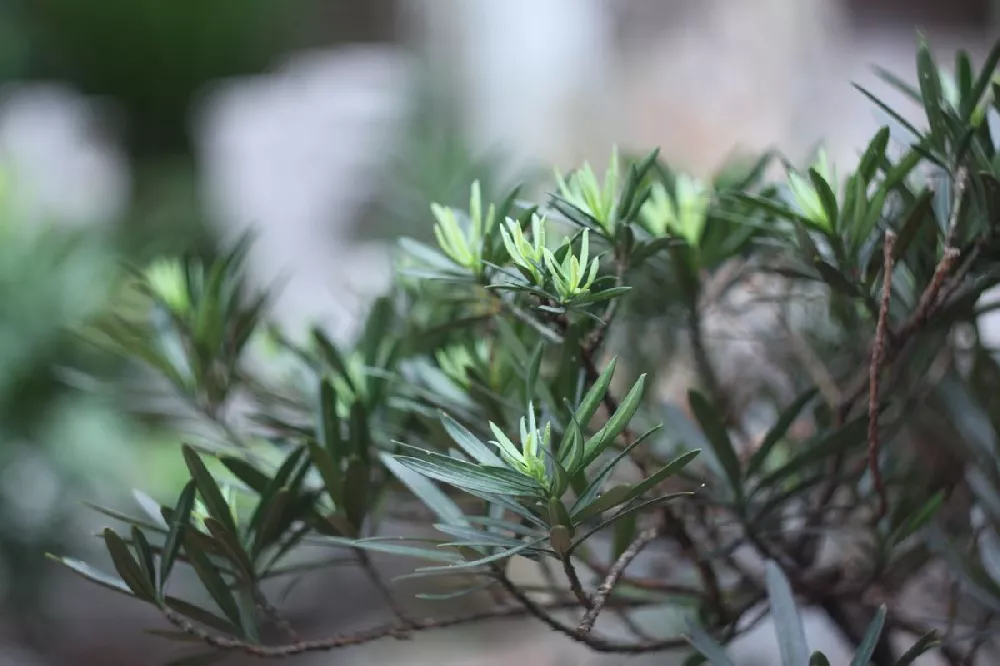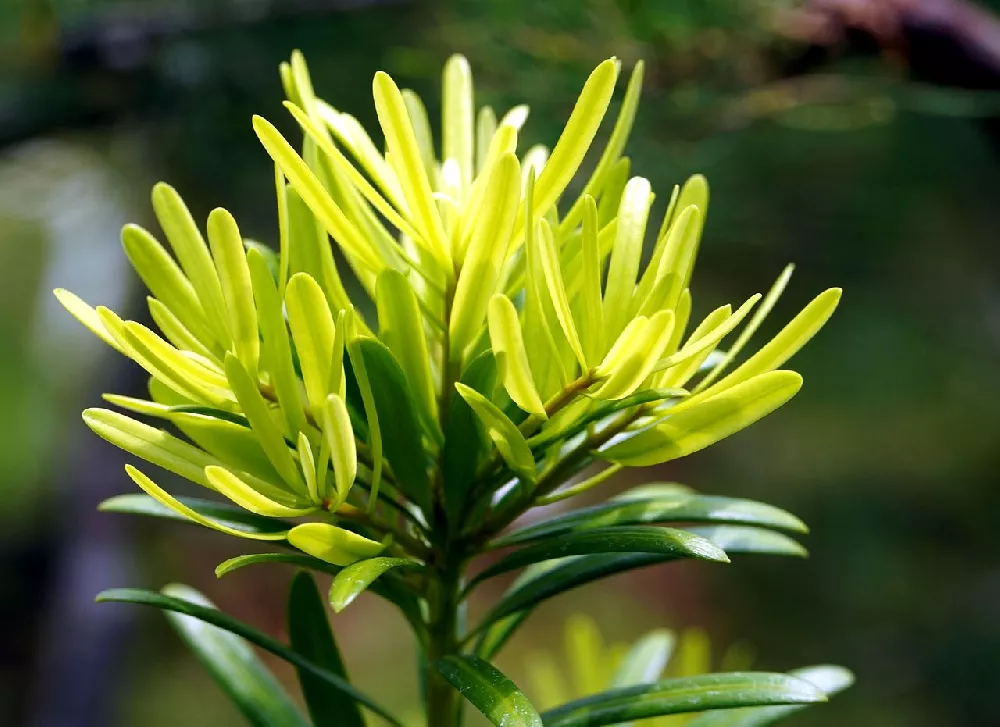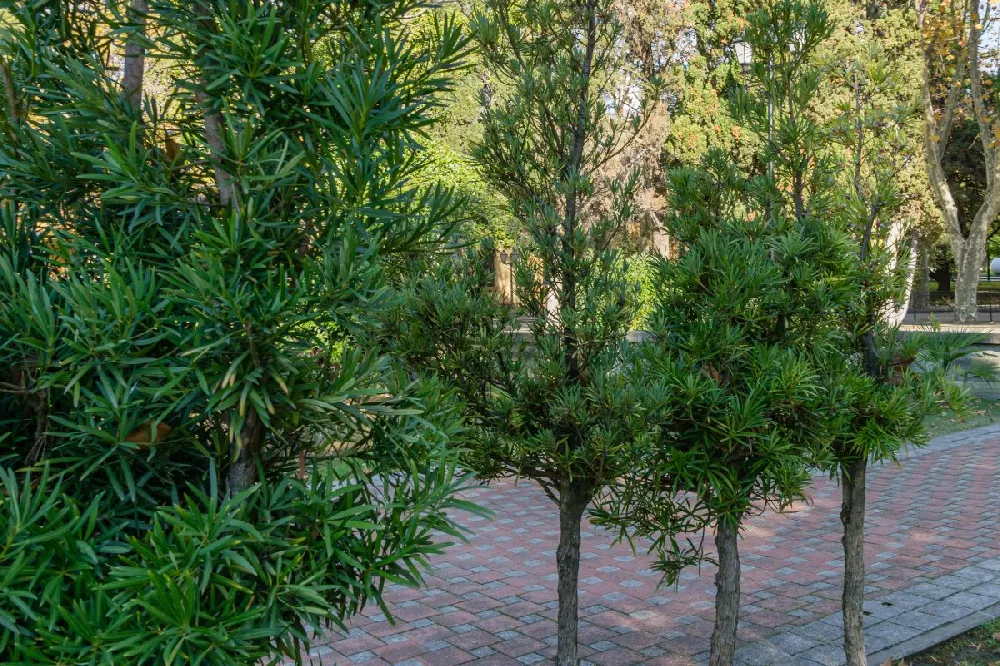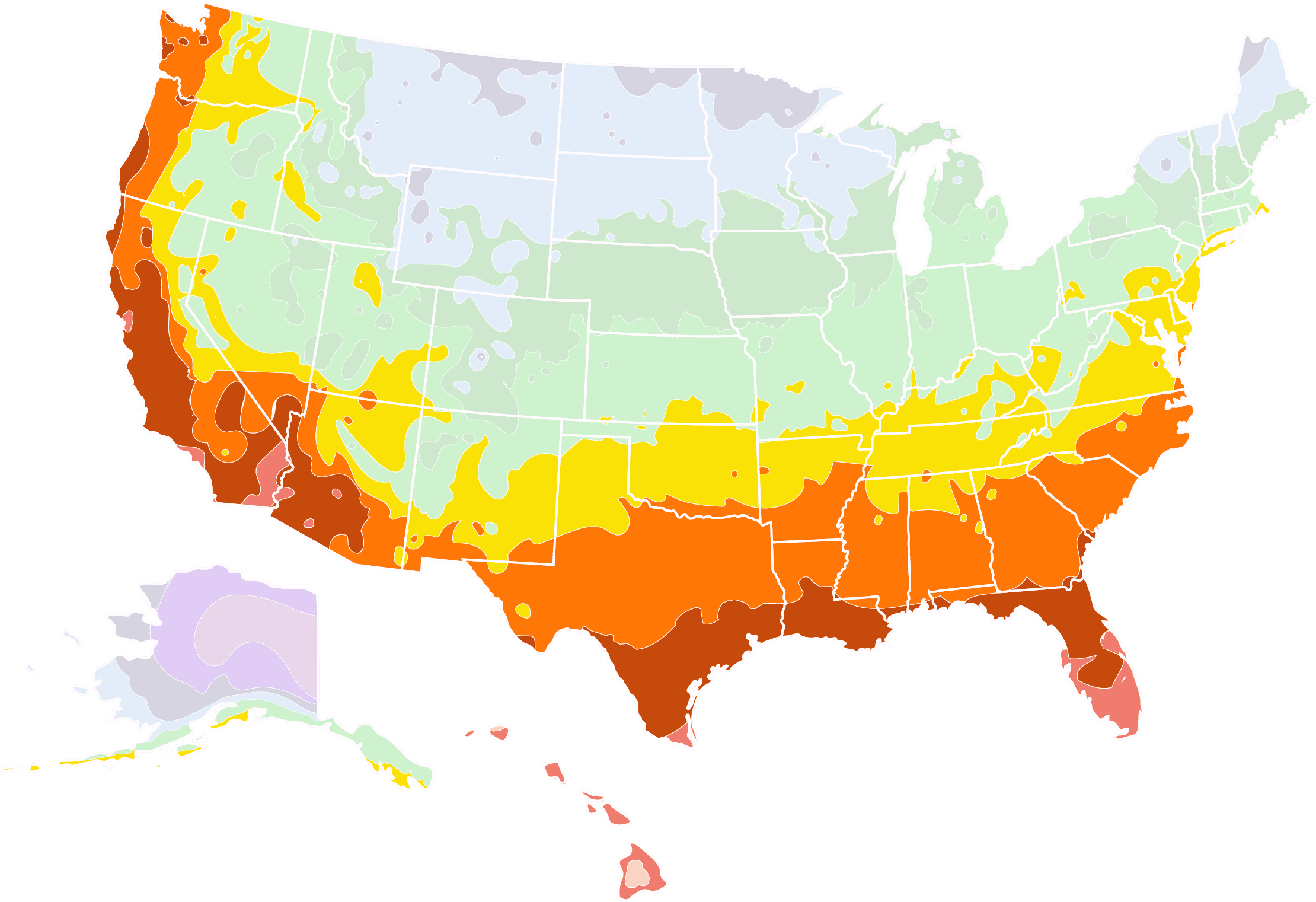- Home >
- Houseplants >
- Yew Podocarpus
Yew Podocarpus for Sale - Buying & Growing Guide
- Ships in 1-2 days
- 1-Year Warranty Eligible
- Pots or accessories are not included unless specified in the product options.
Shipping Details:
Products shipped through FastGrowingTrees.com. Once your order is shipped, you’ll receive an email with a tracking number and estimated delivery date. Most orders will ship immediately.
Yew Podocarpus, Podocarpus macrophyllus, is an immensely appealing cultivar that exhibits a high degree of flexibility, making it an excellent choice for anyone in need of a plant that can do just about anything. It can be grown as a tree or as a large shrub. It has a pleasant silhouette when left to its own devices, but it takes pruning beautifully and can be neatly turned into a trimmed hedge or whimsical topiary form. It also excels as a container specimen, meaning that this heat-loving plant can be grown even by Northern gardeners and brought inside during the winter months. Although it's not actually a member of the yew family, it does feature that genus' soft green leaves, which are light green when young but deepen to a darker pine green later in the year. Here are a few more reasons to invite a Yew Podocarpus to your garden:
- It makes a great windbreak or privacy screen.
- It is excellent background planting in mixed borders.
- It is tolerant of salt, drought and shade.
Plant Care
Sunlight

Yew Podocarpus grows best in partial to full sun — 4 or more hours of direct light a day.
Watering
Drought resistant when established, water young plants once a week or when soil is dry 2 inches down.
Fertilizing

Feed your Yew Podocarpus with a balanced, slow-release product designed for landscape trees and shrubs.
Planting and Care
Planting instructions
Site your yew where it will receive at least 4 hours of sunlight a day, in soil that drains well and is slightly acidic. Unpot your yew, teasing out any encircling roots, which can girdle the tree and slowly kill it. Dig a hole that’s as deep as the root ball and twice as wide. Place the shrub in the hole, spreading out the roots. Holding it upright and steady, fill in around the roots with topsoil, tamping down as you go to eliminate air pockets. Water thoroughly. Apply a 2- to 3-inch layer of organic mulch such as bark chips around the root zone to conserve moisture and hinder weed growth, but keep it from touching the trunk to avoid problems with rot.
Watering and nutrients
For your shrub’s first year, water weekly, giving it about an inch of water at a time. If conditions are very hot or dry, increase your watering. Once the tree is established, you shouldn’t have to water it unless it’s very dry out. You’ll know it needs water if the soil 2 inches below the surface is dry. Fertilize in spring with a balanced, slow-release fertilizer, such as a 10-10-10 formula, that’s designed for landscape plantings.
Pollination
Yew Podocarpus, like all conifers, has cones instead of flowers for the purpose of pollination. These are small and green-blue in color, ripening after a year to purple before dropping off.
Pruning
Monitor your Yew Podocarpus for dead, diseased or damaged limbs, and prune these out whenever you see them. Other pruning is optional. If left to grow naturally, this shrub will take on a full, rounded canopy that is more vertical than horizontal. Many gardeners prune their shrubs each spring. By trimming out secondary trunks and suckers, it can be grown as a small, single-trunked tree. It also takes well to shaping and can be trimmed into a neat formal hedge or sculpted as desired.
Pests, diseases and animals
Generally pest- and disease-resistant, these shrubs need little extra care. The podocarpus aphid may be attracted to these shrubs, especially in the Southern states, and can cause stunted growth. Predatory insects such as ladybugs and lacewings will usually keep the population of these pests down and can be released as needed if infestations become significant. Yew Podocarpus is not prone to disease. Plants may, however, develop chlorosis, a yellowing of the leaves, if they are planted in alkaline soils. They are not bothered by animals, and deer avoid them.
Achieving maximum results
Growing your Yew Podocarpus in a container is not difficult, and can allow you to enjoy this lovely plant even if you are not living in its natural growing zones. Choose a container that is about twice the size of the root ball, with good drainage holes in the bottom. Using a good quality potting mix, plant your yew as per our directions above. Keep in mind that container-grown plants may need more frequent watering, especially during hot weather. If you bring your yew inside in the winter, place it in a sunny window, and rotate it every month a quarter turn to keep it from bending toward the sun.
FAQs
Where can Yew Podocarpus be grown?
It is hardy down to 10 degrees Fahrenheit, which translates to USDA hardiness zones 7-11. That includes most of the Southern U.S., as well as the West Coast up to Oregon and Washington. If you live in a colder climate, however, Yew Podocarpus is easily grown in a container and brought inside in the winter.
How big does this shrub get?
A mature Yew Podocarpus can reach a height of 12-20 feet, with a mature width of 6-8 feet, if it receives good care. If grown in a container, it will naturally remain smaller and may only achieve a height of 6-8 feet, depending on the size of the container. It is possible to control the size of the tree with careful pruning.
How is Yew Podocarpus best used in my garden?
This versatile tree has many uses. It can add a welcome vertical note in a rock garden or Asian-inspired garden, for example. It is an excellent hedge, either pruned or unpruned, and can act as a windbreak or boundary marker. Planted in a grouping of three or five in a front yard, it will be a lovely focal point, especially if underplanted with shade-loving perennials or grown in a bed of gravel or an attractive mulch.
Compare Similar Products
You can't add more Product Name - Product size to the cart.
OK